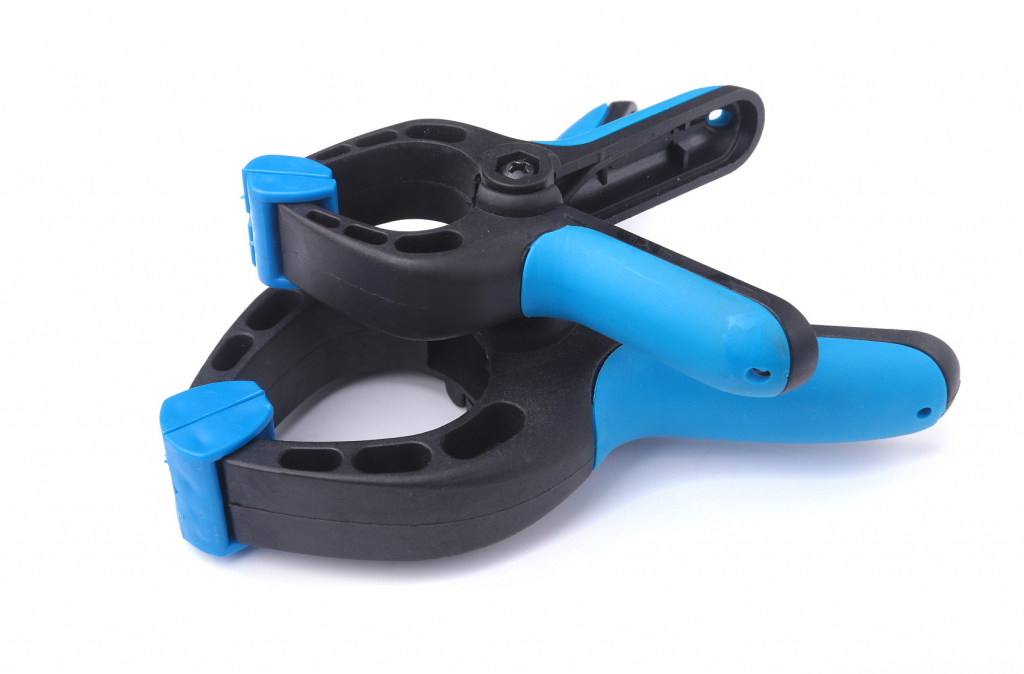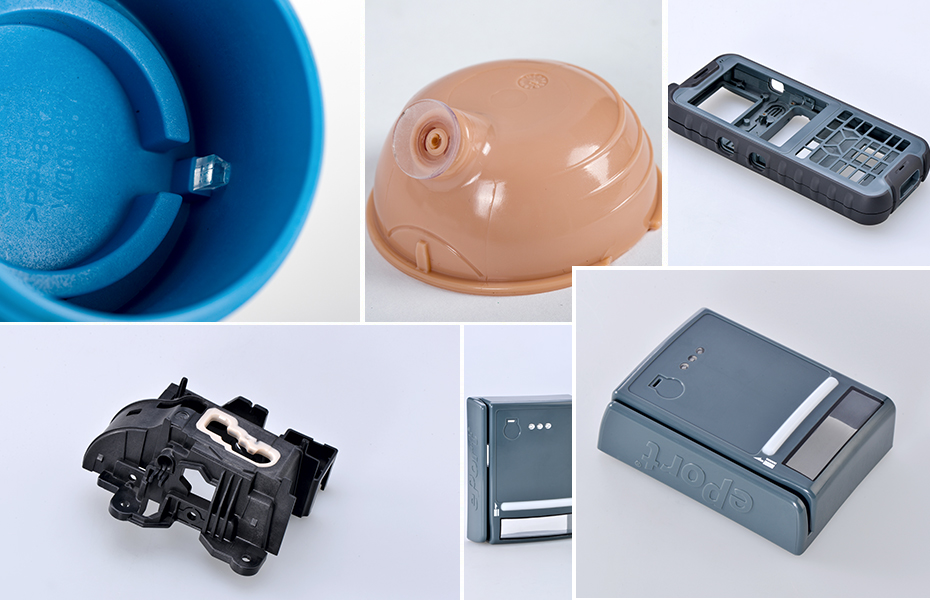Overmolding Injection Molding in China: Enhancing Engine Front Right Fender Production
In the modern automotive manufacturing industry, there are extremely high requirements for the durability, aesthetics, and cost control of parts. Overmolding injection molding, also known as double-shot injection molding, is an advanced molding technology that effectively improves the comprehensive performance of products by combining different plastic materials. Taking the engine front right fender as an example, this paper delves into the process flow and key points of its overmolding using PP (polypropylene) and TPU (thermoplastic polyurethane), revealing how this technology meets the high standards of the industry, specifically within the context of China’s thriving manufacturing sector.
As an important part of the interior of the car, the engine front right fender not only needs to have good weather resistance and impact resistance, but also needs to ensure assembly accuracy and visual appearance. Using PP as the base material, its lightweight and good toughness characteristics lay the foundation for the structural strength of the product; while the introduction of TPU, through overmolding injection molding, adds an extra protective layer to the edges of the product, enhancing its wear and scratch resistance.
Process Flow Analysis
Stage 1: PP Base Molding
Material Selection: PP is selected as the first injection material due to its soft and slightly elastic properties.
Dimensional Stability Treatment: After the first injection molding, the parts need to be stored naturally for 12 hours. During this time, the PP completes the recrystallization process to ensure dimensional stability, which is the basis for the subsequent successful encapsulation.
Stage 2: TPU Encapsulation
Material Properties: TPU’s low viscosity, high fluidity, and excellent penetration make it an ideal encapsulating material.
Process Parameter Setting:
Temperature Control: According to the material properties of TPU, the injection temperature is set between 200°C and 210°C to ensure the good fluidity of the material.
Injection Speed and Pressure: To avoid edge flash, a low injection speed and pressure strategy is adopted. The recommended injection time is 8 to 9 seconds, and no holding pressure is required.
Mold Temperature Management: Keeping the mold temperature low is crucial. Ideally, use a chiller to maintain the mold temperature between 16°C and 17°C, or at least use cooling water around 20°C to enhance the rapid solidification effect of TPU.
Technical Challenges and Solutions
Edge Flash Control: By precisely adjusting the injection pressure and speed, combined with a low-temperature mold, the generation of edge flash is effectively suppressed, ensuring smooth product edges.
Cooling System Optimization: In the absence of a professional chiller, the performance of the cooling tower can be enhanced, and cooling water with a slightly higher temperature can still be used to achieve a good cooling effect and ensure product quality.
Advantages of Overmolding Injection Molding for Engine Front Right Fenders
Enhanced Durability and Wear Resistance: The TPU layer provides a protective barrier against scratches and abrasions, extending the lifespan of the fender.
Improved Aesthetics: The seamless integration of different materials creates a visually appealing and high-quality finish.
Cost-Effectiveness: Compared to traditional painting or other finishing methods, overmolding offers a more efficient and cost-competitive solution.
Reduced Weight: The use of lightweight materials like PP contributes to overall vehicle weight reduction, improving fuel efficiency.
Overmolding Injection Molding in China’s Automotive Industry
China’s automotive industry is experiencing rapid growth and is a major player in the global market. Overmolding injection molding technology is gaining traction in China due to its numerous advantages and its ability to meet the high standards of the industry.
Increased Production Efficiency: Overmolding allows for the integration of multiple components into a single step, streamlining the manufacturing process and reducing production time.
Improved Quality Control: The precise control of process parameters and the use of high-quality materials ensure consistent product quality and minimize the risk of defects.
Meeting Environmental Regulations: Overmolding can help manufacturers comply with increasingly stringent environmental regulations by reducing waste and solvent emissions.
Overmolding injection molding China is a valuable technology for the production of engine front right fenders, offering significant benefits in terms of durability, aesthetics, cost-effectiveness, and weight reduction. As China’s automotive industry continues to grow and evolve, mastering and optimizing this technology will be crucial for manufacturers to remain competitive and meet the high standards of the global market.




 Español
Español




